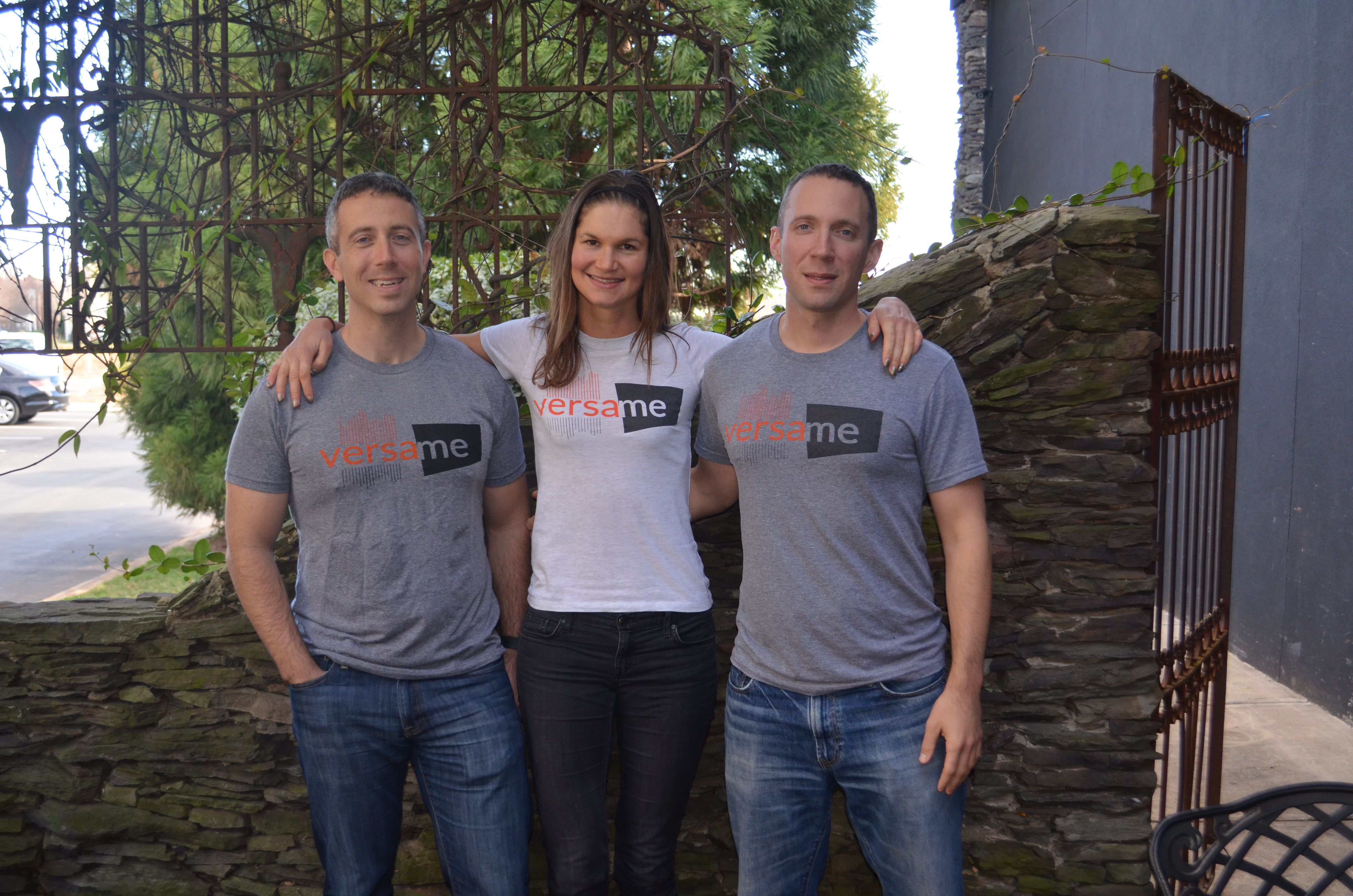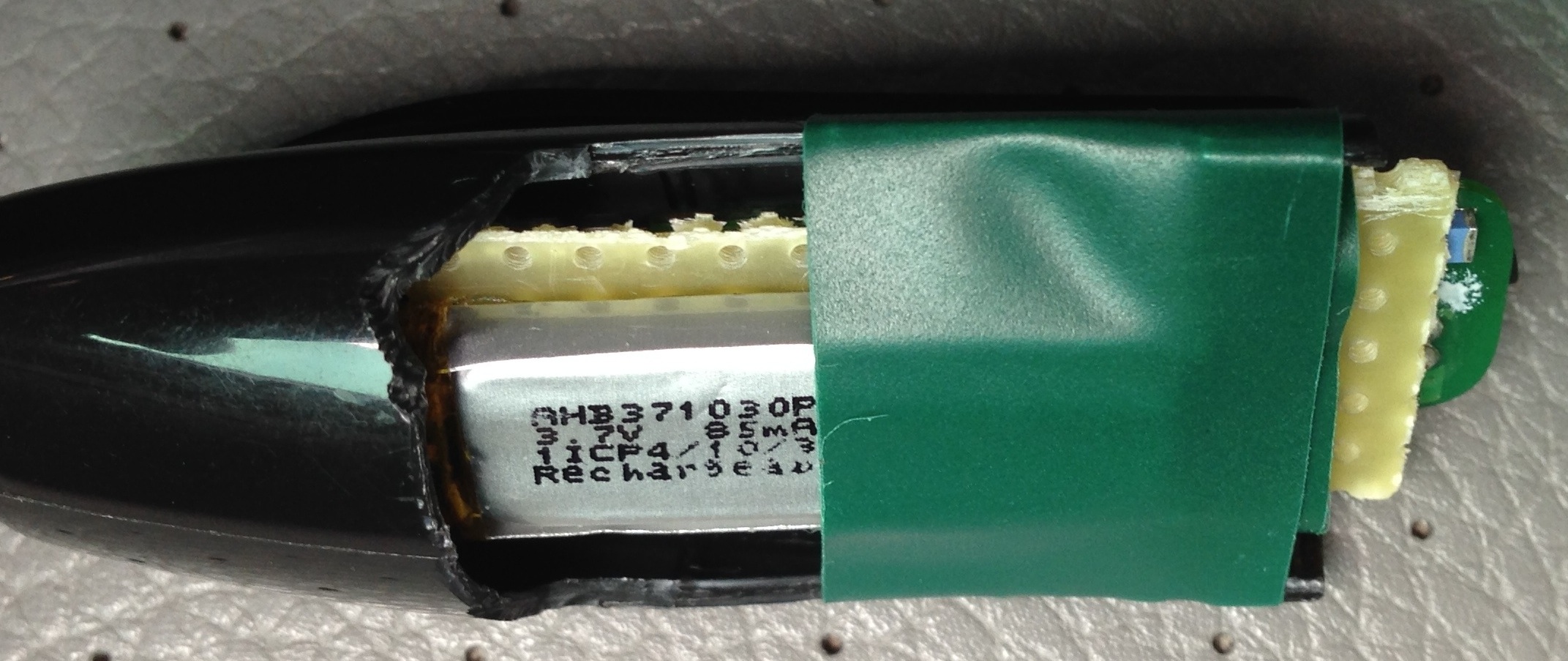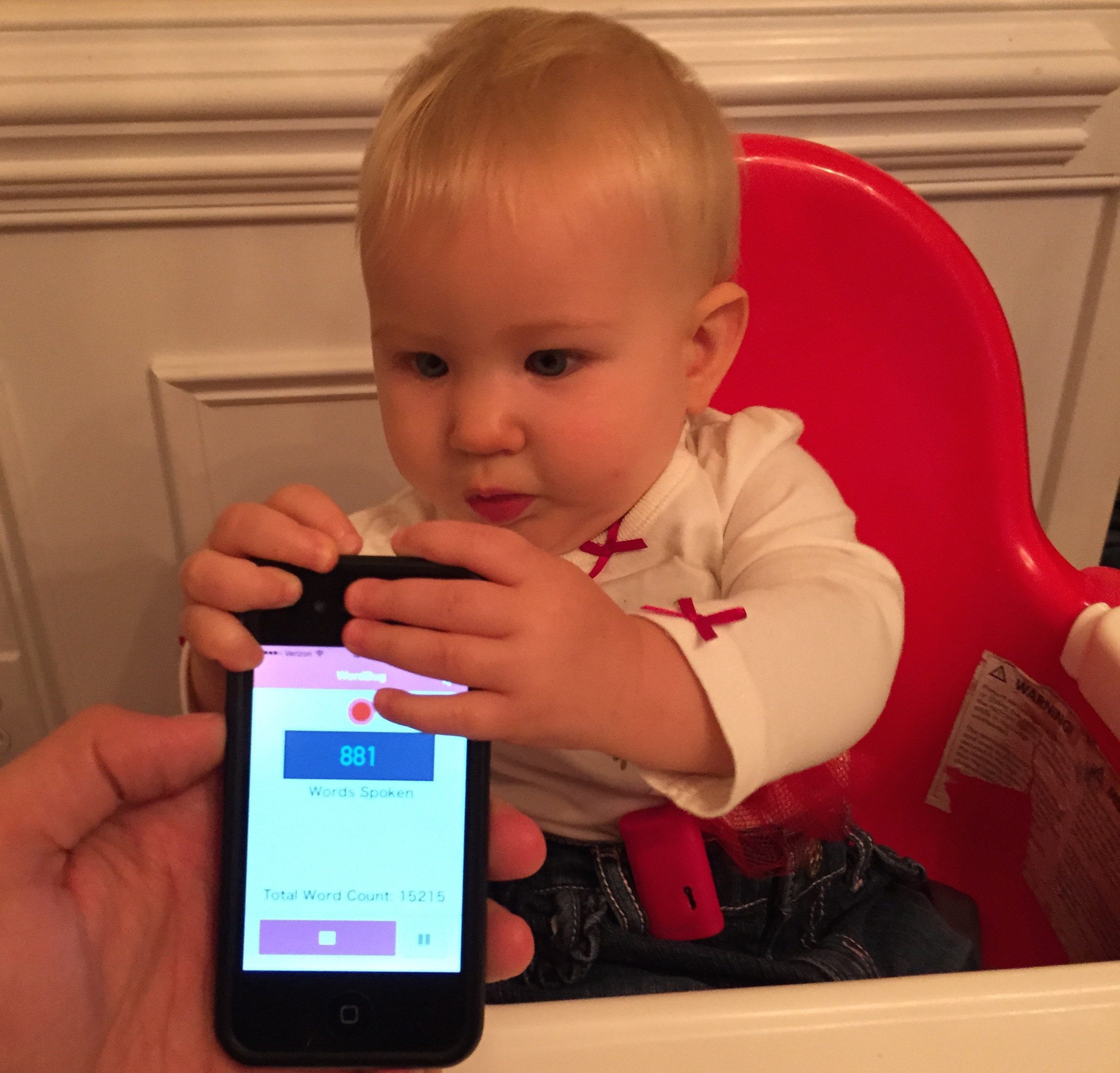A founder shares hardware startup advice, including lessons she’s learned while creating the world’s first wearable educational device for children
I briefly alluded to the fact that “building hardware is hard” in my previous blog post, but I didn’t say how hard.
Of course, to most of the outside world, we’re taking it all in stride. “Totally killing it,” in fact. And in large part, that’s true.
But there are definitely plenty of new things to learn and, above all, building hardware takes time, which is sometimes hard for outsiders to understand.
Here are 10 pieces of hardware startup advice I’ve learned along the way:
1. Even Your Biggest Supporters Won’t Always Get It
A recent conversation with my wonderfully supportive mom nicely sums up what I’m sure a lot of other people are thinking when I tell them what I’m working on, about our team, when we’ll be launching, etc.
Me: “Mom, we’ve just hired another firmware engineer” [bringing the total team size to 8].
Mom: “I don’t understand why you have so many people. It’s not like you have a product to sell or anything.”
Me: “Sigh … right, exactly. That’s why we have people, to build the product we’re going to sell. An analogy if I may — you don’t think that your car just magically appeared without months or even years of engineering work, right?”
Mom: “But a car is big; what you’re building is tiny.”
Me: “Exactly, making it tiny makes it much harder!”
2. You Never Know When Inspiration Will Strike
The idea behind VersaMe germinated while my co-founders, brothers Chris and Jon Boggiano, and I were at Stanford together.
We came across Anne Fernald — now an advisor of ours — whose research is building on previous findings that the number of words spoken to a child between 0 and 4 is the greatest predictor of success later in life.
I’ll never get bored of this fact because I still find it staggering: 90% of brain development happens before a child starts kindergarten.
To assess the number of words spoken, researchers use a recording device that is placed on a child (the research subject), which is then returned to the lab and the recording analyzed.
Chris and Jon are both fathers. We tried out the device on their children and had some challenges with the required special clothing, privacy over recording, and a lack of real-time feedback. But we loved the idea and the output.
It turned out Chris’s nanny wasn’t speaking as much as he thought she was, Jon’s children were hearing more over lunch than over breakfast, and of course there was the discussion about whose children were hearing the most!
3. Ask Questions (of Yourselves and Others)
The experiment led to a question: Why can’t we make a user-friendly wearable device for babies that doesn’t record and gives real-time feedback? And that is how the Starling was born.
Many successful startups begin with the founders solving a personal problem or pain point in their life. What we’re building does to an extent solve a problem but a somewhat nebulous one: How do we give our children the best chance of success in life?
4. Be User-Centric in Your Design Process
Being at Stanford, the d.school had worked its magic ways on us, and we wanted to be totally user-centric in our design process. So with our device idea parked in our brains, we went back to the drawing board with extensive user interviewing.
What are the biggest pain points for parents? How and when do they think about education? Where do they get their information from? What products are most useful? Most useless? How do they feel about technology around children?
5. First, Build an MVP
Simultaneously — again following the Stanford-inspired Lean Startup approach — we built a Minimum Viable Product (MVP), a word counting app, to test out the concept of monitoring and giving feedback on the words your child hears. We used this ourselves and tested it with family, friends, and some innocent but willing strangers.
Feedback quickly confirmed our hypothesis – the data was interesting but the medium was totally impractical. Having a smartphone around a child is an invitation for distraction, both for the child and the parent!
6. Then, Build a Prototype
The next step was going from the MVP (the word counting app) to building the first hardware prototype.
The initial one (pictured below) was thrown together and involved a pen lid. I’ll admit that it wasn’t hugely baby-proof but it proved to be enough to demonstrate the concept to investors while wearing ourselves.
7. 3D Printers and Glue Are Your Friends
It was about this time in fall 2014 that we raised a round of seed capital, enabling us to hire a team and be a little more sophisticated!
With our expanded resources, we created a number of 3D-printed prototypes. Version one is modeled below by Jon’s daughter Isabella with the companion app displayed in the foreground.
A lot of improvisation, plenty of glue, and overly generous beta testers were essential to get through this phase!
8. Take Advantage of All Resources at Your Disposal
Having been lucky enough to raise money, at this point we decided to hire an external firm to assist us on the industrial design of the device.
We were lucky enough to have plenty of resources around us — from Stanford and later from StartX — to tap into for recommendations on partners and eventually selected Whipsaw in large part because of their personal passion for our mission.
9. User Research Never Ends
User testing remained front and center throughout the design process, and the founders are passionate about it remaining so.
We are very mindful that designing for babies/children and their parents is very sensitive. Parents are sleep- and time-deprived, so we constantly think about how we can make their lives easier, help them enjoy parenting, and reduce stress rather than increasing it.
We’ve clipped dozens of devices — from our own prototypes to bike lights to existing wearables — to Jon and Chris’s children! But we are also lucky to have plenty of willing volunteers to help us.
Both our startup team and our wider support network are passionate about what we’re doing, empowering every child to fulfill their potential.
10. Keep Going!
In addition to the three founders, we now have five engineers — three on the hardware side, one on the software side and one data scientist — and a family of contractors, researchers, and interns. We need more of everyone, of course, but we’re doing our startup best with our resources for now!
VersaMe’s first device, the Starling, will be launched via a crowdfunding campaign in the fall. We hope you’ll stay tuned!


